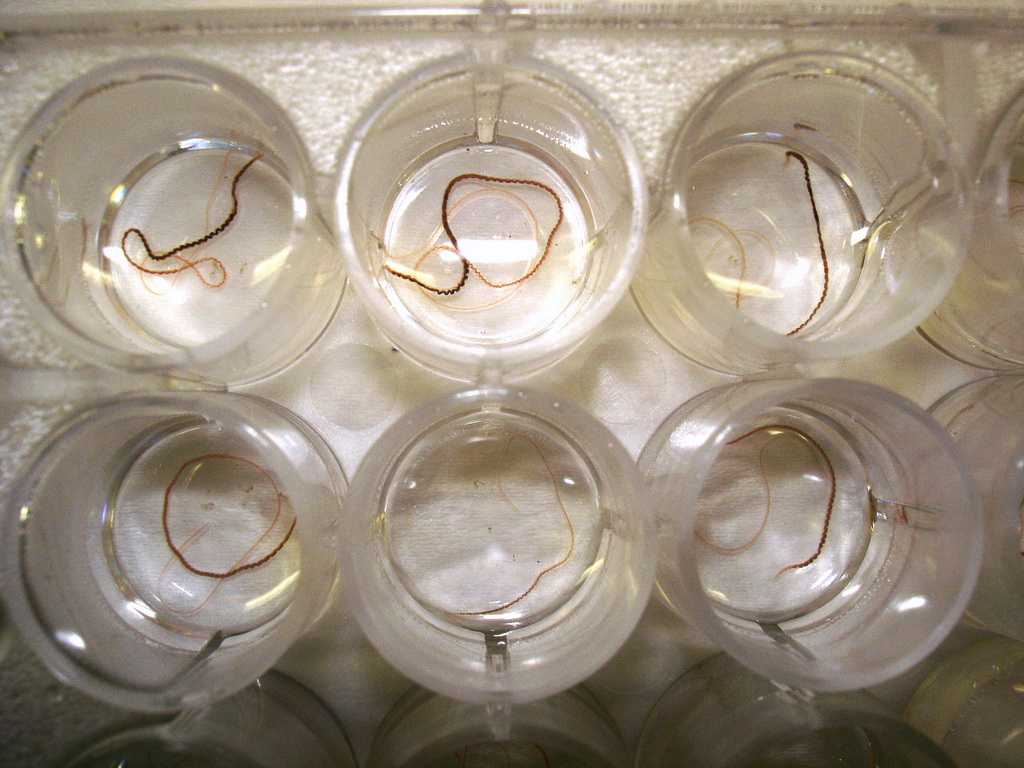

However, tubifex worms can carry parasitic and bacterial infections. They are red in color due to respiratory pigments in the worms’ blood. They feed on bacteria and organic particles in the bottom sediment. Tubifex worms are a popular food for tropical fish. You can store Hikari freeze-dried bloodworms in the freezer for up to half a year.

Hikari freeze-dried bloodworms float at the top of the tank and should be soaked for 10 minutes before feeding. They are high in protein and free of parasites. Hikari freeze-dried bloodworms are a safe worm food for betta fish. Therefore, you should be careful when feeding bloodworms to your betta, as overfeeding is not recommended.

Though the venom is not harmful to humans, the bite does cause a mild sting. They have a long proboscis, which extends from their head, and venom-bearing jaws, which they use to catch prey. Hikari bloodworms are one of the most popular types of worm food for bettas. Luckily, freeze-dried bloodworms for bettie worm food are easily available in most pet stores. They can’t last for more than two to three days in the refrigerator and can contain harmful bacteria. While live bloodworms are healthier than freeze-dried ones, they don’t last as long. Once they’re defrosted, drain the water from the worms through a fish net. Before feeding frozen bloodworms to your fish, soak them in lukewarm water for a few minutes before placing them into the tank. If you have a smaller fish tank, this option may not be ideal for you. But be warned that this type of worm is not as nutritious as its live counterparts. You can either choose to use grade A or grade B freeze-dried bloodworms, depending on your betta’s specific needs.Īs a bonus, freeze-dried bloodworms are considerably cheaper than live worms, which you can buy at local aquarium shops. These worms are high in protein, which is an important food group for betta fish. Using freeze-dried bloodworms for your betta fish is an excellent option, because they’re very easy to prepare and digest.


 0 kommentar(er)
0 kommentar(er)
